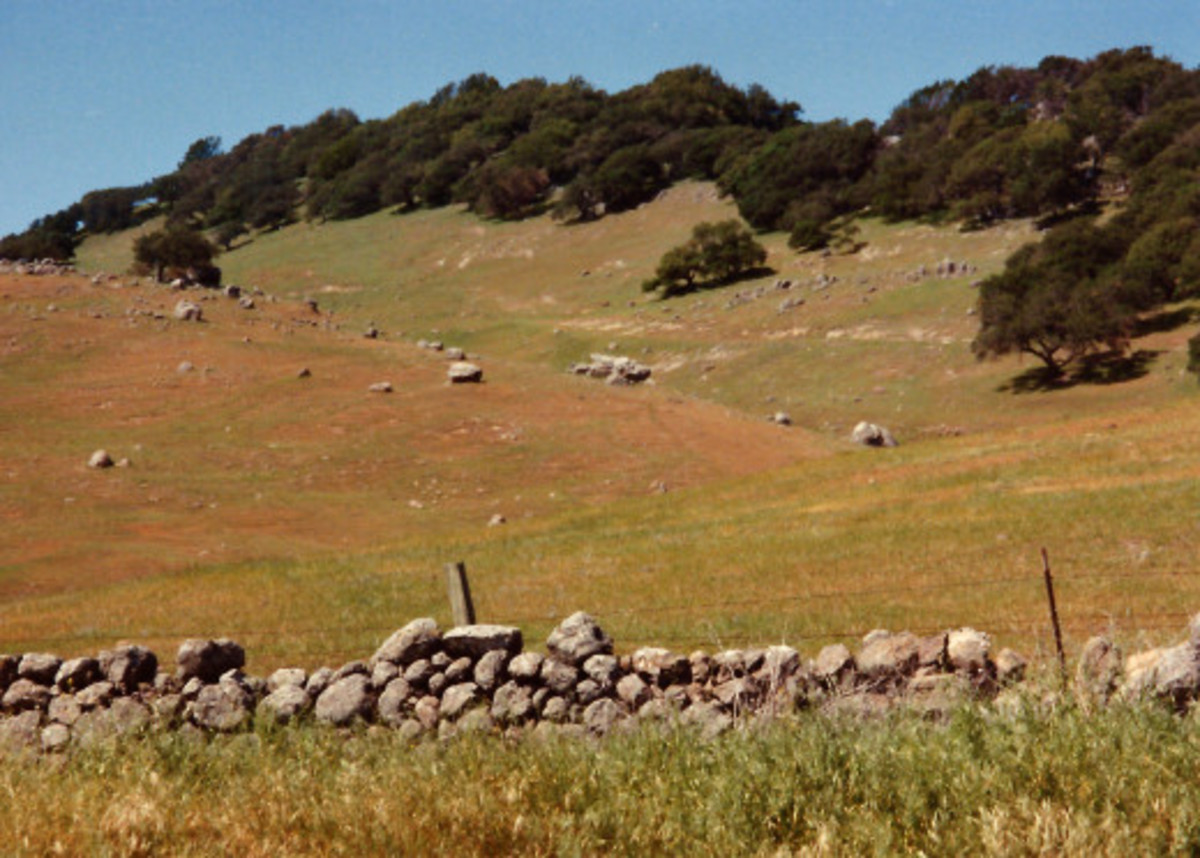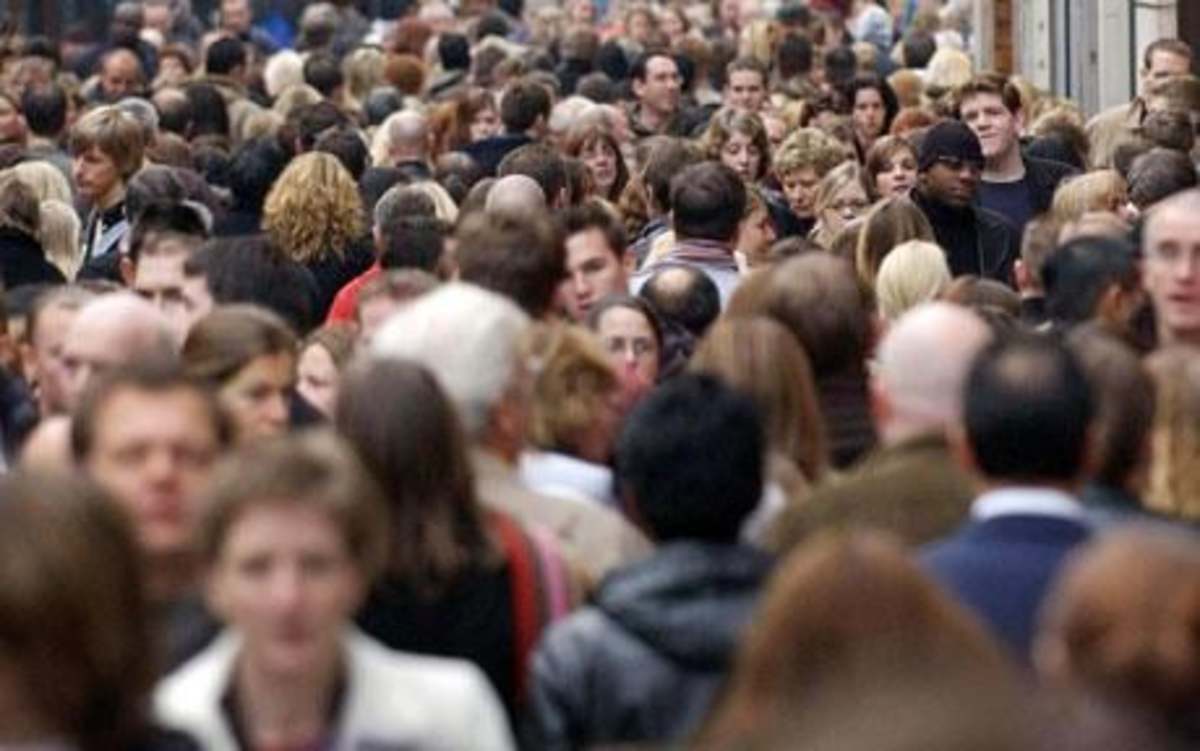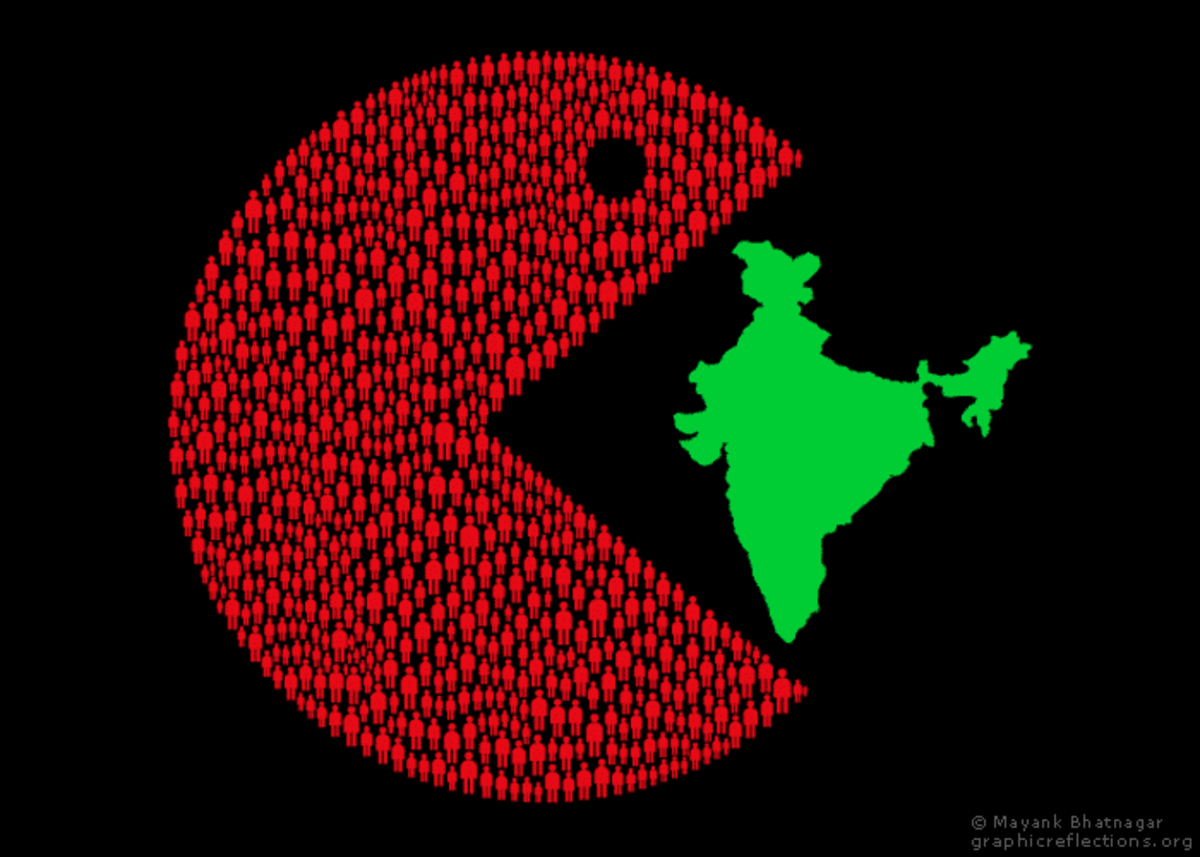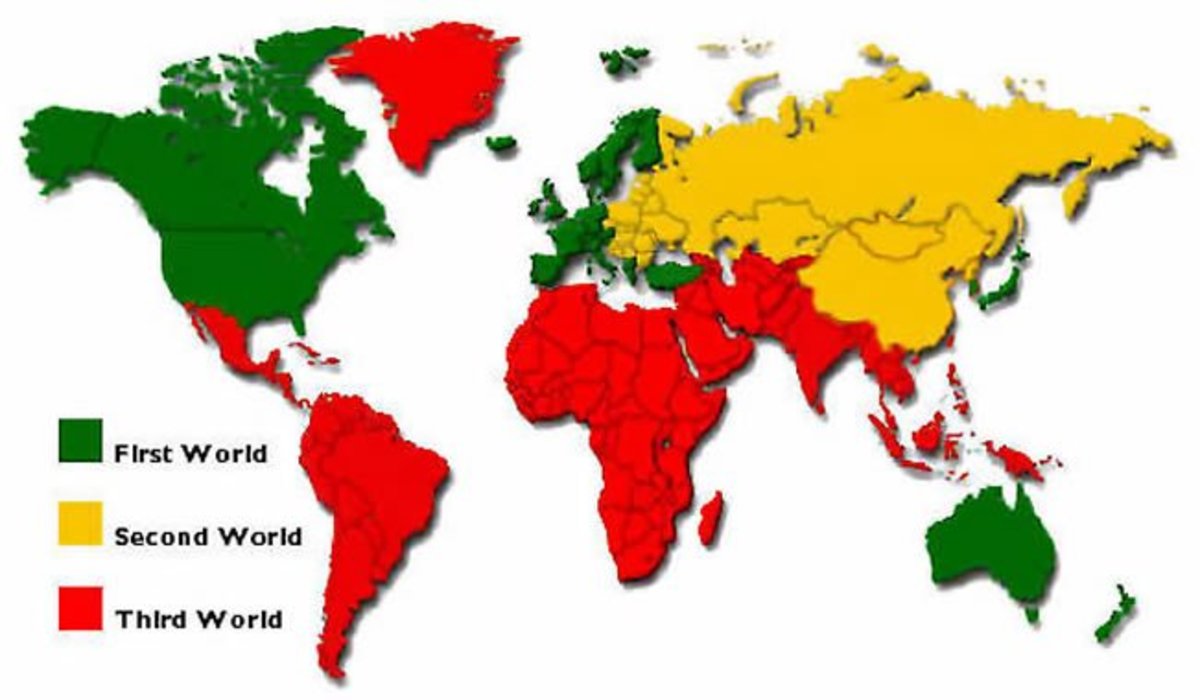The Consequences of An Ever Growing World Population
Introduction
The world’s human population just recently surpassed the 7 billion mark and is still growing, albeit rather slowly to the next billion mark. With this growth would come consequences caused from the strain that the population would put on Earth’s limited resources and from pressure that climatic changes would put on our environment. Demographers, those who study statistics such as births, deaths, income, and incident of illnesses to show the changing structure of the human population; have created new models to help them predict better where these hotspots are in the world by combining these statistics with spatial data to determine who would be affected by these consequences. Spatial data is the geographical information about the region. This combination of information would help demographers to assist populations in these hotspots to adapt to the changing environment before it is too late.
Using Models to Predict the Consequences
Before they can determine where the hotspots are in the world demographers must have other information about the population besides how many people live in a region. For instance, they need to know how old the people are, what proportion of the population are women and children, how much individuals earned in the population and other pertinent information to determine how much of an impact climate change will have on them. At the same time they must have information about the geological region such as rainfall amount, land elevation above sea level, and the availability of natural resources such as food and water. All this information is needed to determine how vulnerable or resilient a population would be to climate changes in the region.
For example, people in London would respond to flooding differently from people living in poor cities in the low lying areas of Bangladesh because of the availability of resources to help them. The availability of data from high income areas like London makes it easier for demographers to make pretty good predictions on how an area would respond to environmental impacts such as flooding, earthquakes, etc, while on the other hand; they would not have adequate data to make good predictions on the impact of these events in a poor region. It is here in these poor regions where global climate changes will mostly be felt. But the problem with demographic data collected by researchers is that the data is usually applied on a national level and not on a smaller city level.
Demographers are now creating new models to make these predictions by combining the data to make better assessment of what regions of the world is more resilient to environmental changes or which ones would suffer serious consequences when these events happen. The combined data are beginning to reveal hotspots where the combination of the ever increasing population and changes in the climate will have the most significant impact on the people in the region, especially in the urban regions.
Researchers like Brian O'Neill at the National Center for Atmospheric Research are now working on a model that project the rate at which people move into areas in different countries This movement of people into an area is called urbanization, the start of a city. The world population is trending to rapid growth in the urban regions of the world where it is predicted that by 2050 about 70% of the world population would be living in urban zones. In 2010 half of the world population were living in these zones. The irony here is that most of these new urban zones are developing on coastlines around the world that are susceptible to flooding and other extreme weathers. Some are even developing in arid regions where it is predicted to become drier. Obviously, finding water and growing food will be some of the problems that a growing population will have to face in a dry region.
There is another model created by demographers Mark Montgomery and Deborah called GRUMP (the Global Rural-Urban Mapping Project) that uses data collected at the neighborhood by neighborhood level. The data are obtained from sources such as regional censuses and satellites. Satellites are useful for spotting urban regions by seeing the amount of light coming from regions at nighttime.
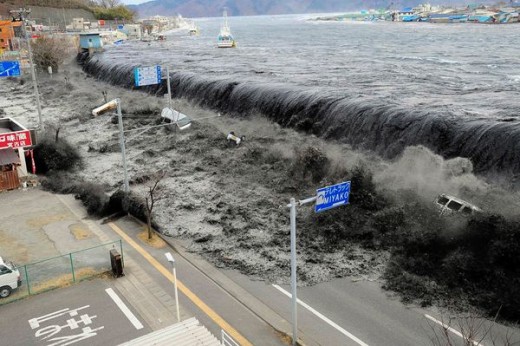
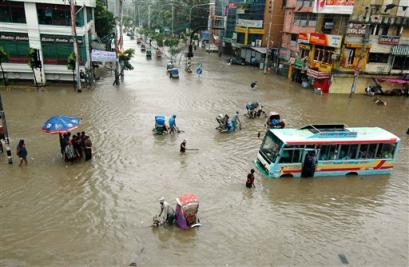
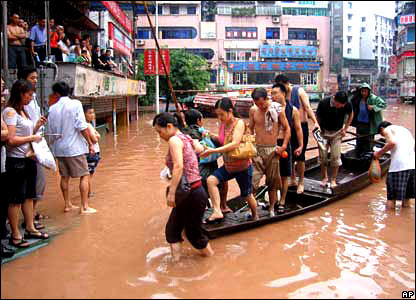
Flooding
The United Nations organization is predicting by 2050 the world population will be approaching 9 billion and most of the increase will occur in cities classified as hotspots by the newly combined data created using these models. Unfortunately, most of these locations are some of the poorest cities in the world but with some exceptions.
For example, the coastline of China is one hotspot facing serious consequences in the future because of the large population in the area. The cities on the coast have been seeing population growth rate double with respect to the rest of China. Between 1990 and 2000 the population growth rate in the cities was 2.33% versus 1.04% in the rural areas of the country. The population reported in 2000 was more than 78 million people living in these low lying areas along the coast in cities such as Shanghai and Hong Kong. Demographers using the newly combined data have predicted an increase risk of extreme weather related events such as flooding and cyclones hitting these areas. They stress leaders there must start planning for ways to redistribute investments and trade activities away from the coast to shift some of the economic growth and population to some of the rural areas to lessen the impact from extreme weather related events in the future.
To elaborate on the risk of flooding, the whole world recently witnessed the devastating effects of tsunami events on coastal regions along Japan, Indonesia and other countries touching the Indian Ocean. The images clearly show how important that leaders in those countries must have a plan in place to assist their people after the event since so many people live in these regions. Despite the known risks populations will continue to grow there.
Other cities in low lying areas such as those in the Mekong Delta in Vietnam and Medan located near two rivers in Indonesia face problems similar to those in the coastal cities of China. Flooding in the Mekong Delta affects a lot more people there since it is one of the most densely populated region in the world and five times more people live below the property level compared to people living outside of the region. The resources to assist these people during flooding is almost non-existence so they suffer more during these floods.
A large portion of the world population live in these low elevation coastal regions. Currently 75% of the world's population live on the coastal regions of Asia where 1 in 8 urban dwellers live on the coast. Gordon McGranahan, one of the researchers using the GRUMP model, said, "People are running towards risk, particularly in China, but also in other parts of the world, such as Bangladesh, where more than 40% of the land area is within ten meters above sea level."
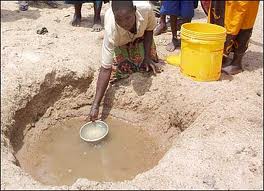
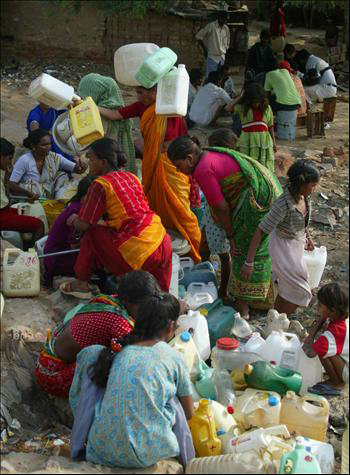
Water Shortages
Flooding would be one of many problems the world will be dealing with in the future because of uncontrolled population growth in the wrong areas of the world. Water shortage will become another one for the same reason despite the fact Earth's surface is 75 water. According to data generated by the GRUMP model, Robert McDonald of the Nature Conservancy, calculated 150 million people in the world are currently living in regions of the world where water is scarce. By 2050 this number will increase to 1 billion people without adequate water supply because of population growth and climate change will add another 100 million more to that number.
Most of the population dealing with this problem would be in the drylands of Africa and India where close to 70% of the population live in the drylands. The predictions from the models have West Africa as the focus point for water scarcity since the harbor cities there would be experiencing the highest growth rate for the next 10 years. Also the land there is very dry and prone to flooding. Fortunately, this problem would not get worse overnight. Planners would have plenty of time to control population moment and come up with way of extracting water, such as, through the process of desalination of sea water.
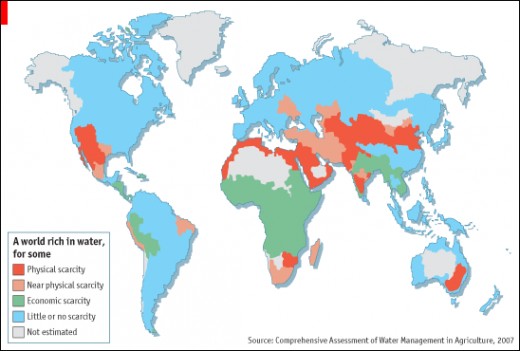
Migration
Finally, migration would be a major impact on future population despite the fact it has been going on for centuries. Climate changes would force some people to move from their homes to other regions consequently putting pressure on the resources of regions where population growth is already a problem and in some cases people would not be able to move from the impacted region where they would suffer the most. This is called the "immobility paradox" mentioned by Alex de Sherbinin, of Columbia University's Earth Institute in New York. The situation arises when people cannot move simply because they do not have the resources or freedom to move so they stay put and suffer the consequences, such as flooding, brought on by extreme weather. People put in these situations are remarkably resilient.
It is predicted by 2050 that 200 million people would be force to move due to environmental pressures and conflicts in their regions. For example, it projected by 2080 up to 6.7 million Mexicans would move because of the decline in agricultural productivity. Obviously, this would be driven by climate change. Michael Oppenheimer of Princeton University said, "This would certainly be on par with some of the largest migrations in recent years, and it could be one of the largest in future."
It can be seen in this situation authorities in the region must have some form of resettlement plan in place to assist immigrants moving unexpectedly into a new location otherwise their problems would only get worse. One problem in particular would be food and water shortage.
In the long run much of the responsibilities in preparing these regions to be more resilient and less vulnerable to events brought on by climate changes have to start from the local government before it is too late. Fortunately, if it wasn't for family planning programs all over the world that ultimately brought the birth rate down over the last decade or so our population could be 10 billion instead of 7 billion. The world could be really crowded today.
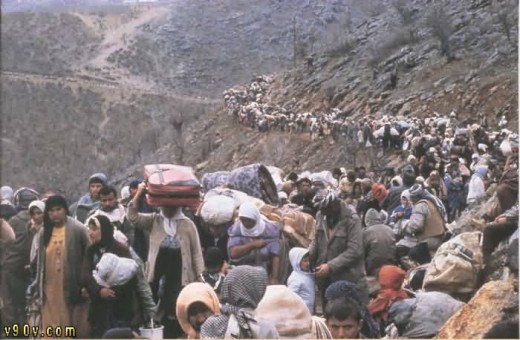
© 2011 Melvin Porter



